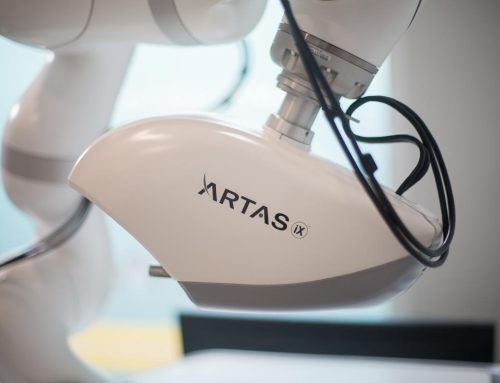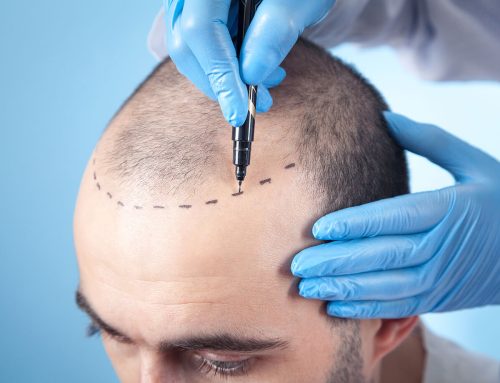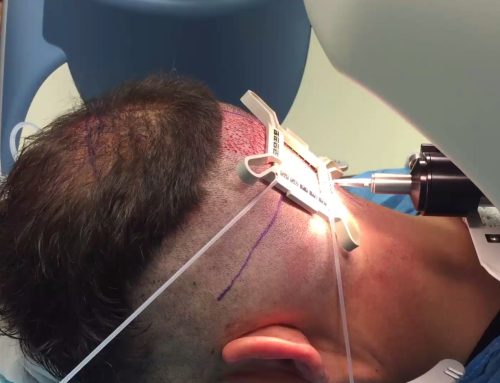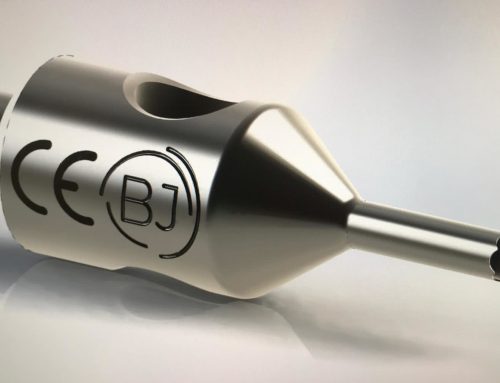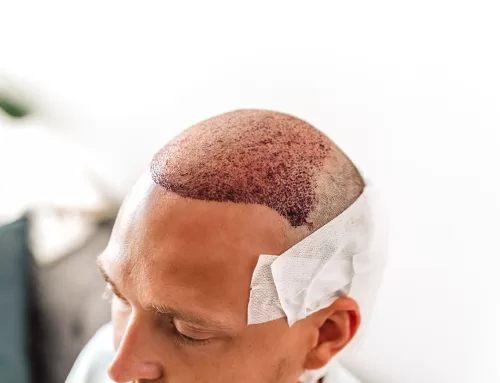In the intricate world of hair transplant surgery, maintaining the viability and vitality of hair follicles is a paramount objective. Central to achieving this is the meticulous control of temperature throughout the entire transplantation process. A delicate balance in temperature management can significantly impact the success of the procedure and the overall naturalness of the restored hairline.
Temperature: The Unsung Hero of Follicular Health
Hair follicles are highly sensitive to their environment, including temperature. The correct temperature during the extraction, storage, and transplantation phases is crucial for preserving the integrity and vitality of the grafts. Extremes in temperature, either too high or too low, can lead to irreversible damage, diminishing the success of the transplant.
Optimal Temperature: Striking the Perfect Balance
The ideal temperature for maintaining hair follicle viability during transplantation typically ranges from 8 to 12 degrees Celsius (46.4 to 53.6 degrees Fahrenheit). This range provides an optimal balance between slowing down cellular metabolism to reduce the oxygen and nutrient demands of the follicles while keeping them in a healthy and viable state.
The Methods to Achieve the Optimal Temperature
1. Cooling Systems:
Cooling systems play a vital role in maintaining the desired temperature during hair transplant surgery. Advanced systems, such as thermoelectric cooling devices, effectively regulate the temperature and provide a precise and controlled cooling environment for the follicles.
2. Cooling Solutions:
Specialized cooling solutions, often composed of a mixture of physiological saline and other protective agents, are used to immerse the grafts. These solutions help maintain the temperature within the desired range while providing the necessary nutrients and hydration to the follicles.
3. Cooling Plate and Holding Solutions:
Cooling plates, often made of surgical-grade stainless steel, are utilized to keep the grafts cool. They act as a platform for the grafts to rest on during the procedure, maintaining their temperature. Additionally, holding solutions with specific compositions can assist in ensuring the grafts remain viable and healthy.
The Impact of Temperature on Graft Survival
Maintaining an optimal temperature is directly linked to graft survival and overall transplant success. When follicles are kept at the appropriate temperature, they experience less stress and are more likely to survive the transplantation process. This translates to a higher graft survival rate and ultimately a more successful hair transplant.
The Future of Temperature Control in Hair Transplantation
As the field of hair transplant surgery continues to evolve, ongoing research and technological advancements aim to enhance temperature control methods. Future developments may include even more precise and efficient cooling systems, improved cooling solutions, and innovative approaches to further optimize the vitality of hair follicles during transplantation.
In conclusion, temperature control is a critical aspect of hair transplant surgery, directly influencing the health and viability of hair follicles. Striking the correct balance and utilizing advanced temperature management methods ensure the successful transplantation of healthy, natural-looking hair, ultimately restoring both hair and confidence for individuals seeking a fuller head of hair.


